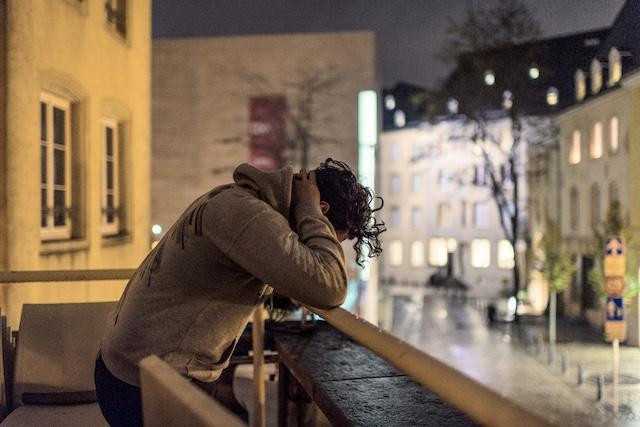Numerous studies have pointed towards the mental health burden posed by the pandemic, and data published by the health ministry on 16 April shows more people sought medical treatment.
In March 2020, the number of patients who were reimbursed by the national health insurer (CNS) for antidepressants and antipsychotic drugs rose 14.4% compared to March 2019. The CNS also saw a 7.2% increase in reimbursements for anti-anxiety medication, and an 8.6% increase in reimbursements for sedative-hypnotic drugs, which have a calming effect or help people sleep.
“The pharmacy and medicines division of the health department closely monitors notifications of adverse reactions that could be linked to the abuse and/or misuse of medicines as part of its pharmaco- and addict vigilance activities. To date, no particular signal has been identified in Luxembourg,” the health ministry said in answer to a parliamentary question.
Despite the March spike, the number of patients who had a psychotropic drug reimbursed by the CNS overall decreased slightly between 2019 and 2020.
In 2019, 48,939 patients received antidepressants. This number fell to 48,908 in 2020. The decrease in the number of people taking anti-anxiety drugs was more pronounced, from 54,157 in 2019 to 51,749 last year.
In the hypnotics and sedatives category, the number of patients with drugs reimbursed by the CNS fell from 42,654 to 42,320. On the other hand, the number of patients receiving antipsychotics increased from 12,279 to 12,335.
A national health monitoring body that is in the process of being set up could serve to evaluate data on psychotropic drug use in future to monitor trends and their potential effects on public health and the healthcare system.
Between 2006 and 2020, the number of patients receiving CNS support for antidepressants grew 34.7%, while for hypnotics and sedatives the increase was 20.6%. The rise in prescriptions was less marked for antipsychotic drugs (2.7%) and anti-anxiety medication (2.3%).
It should be noted that over the same period of time, Luxembourg’s population grew by around a third, from 473,000 to 626,000 inhabitants.
